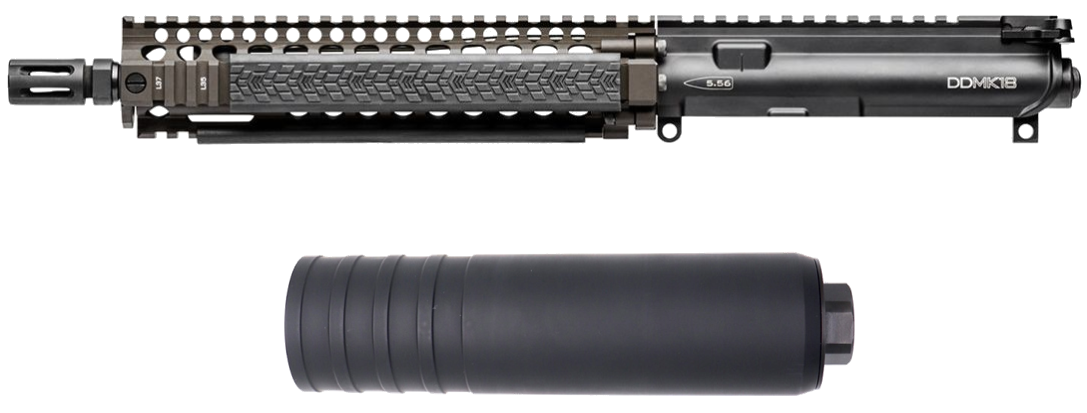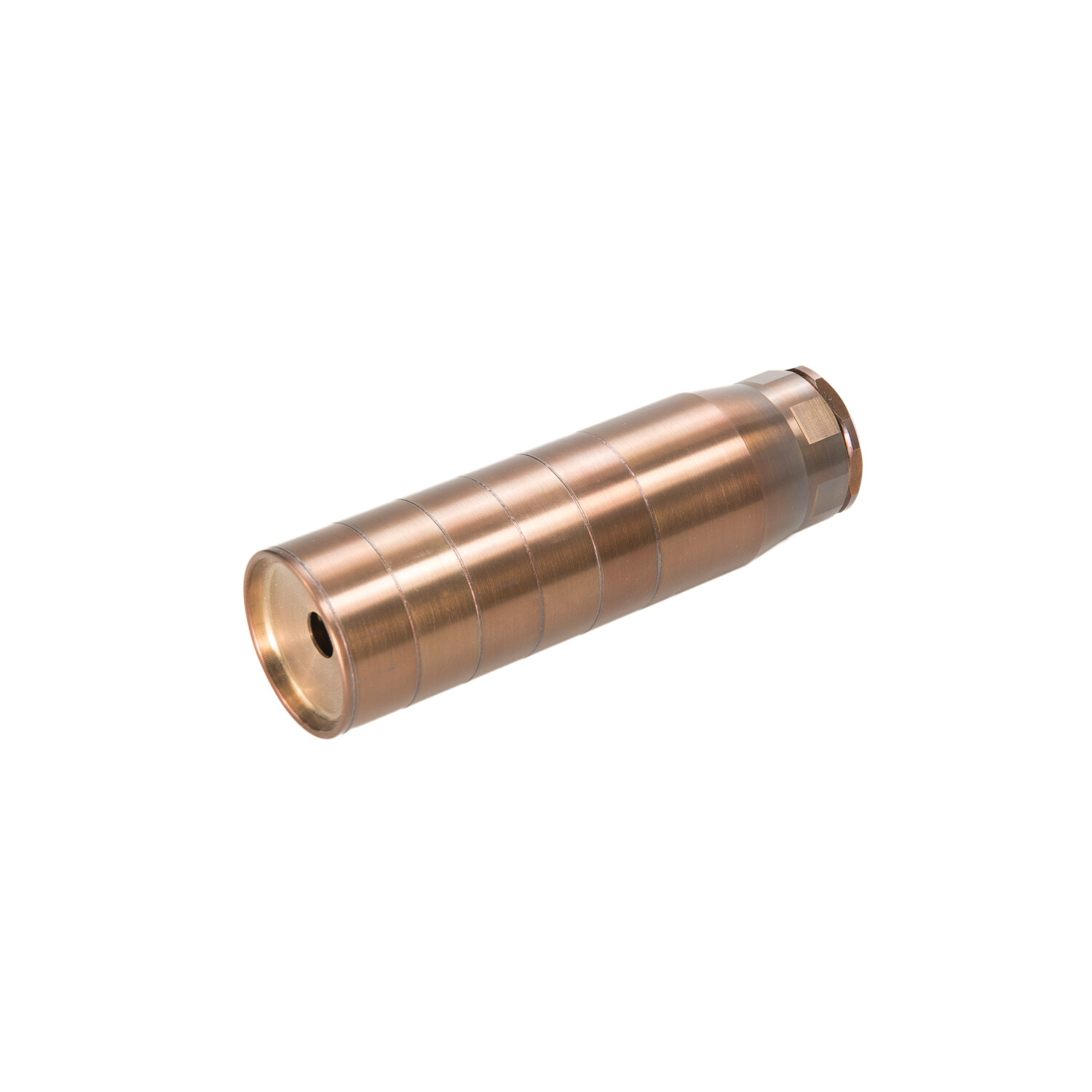Hey everyone,
Tldr: I'm currently figuring out what my next suppressors are going to be as I'm trying to stop hot swapping suppressors and get dedicated cans for each rifle. I'm looking at a kgm r6 for a 16" "reCCe" rifle and wonder if titanium can handle harsh-ish semi auto use. I have a 30 cal suppressor already that lives on a competition bolt gun.
I'd like to explore a lighter weight 5.56 can to stay on a 16" lightweight barelled rifle almost permanently. I am looking very closely at the kgm r6, as the weight, length, and features are very appealing. The ocl polonium is also a contender here, but at near double the weight, I'm wondering if I could get away with a titanium suppressor on a semi-auto platform. I never plan for full auto fire.
My concern is with putting a titanium suppressor on something semi-auto. I don't do any mag dumping into dirt, but I will on occasion run something like a 3 gun course with 2-3 magazines in a short amount of time, or hammer out some bill drills at the range, etc. The last thing I'd want is a semi-auto gun I have to run at bolt action speeds 24/7.
Questions:
Can titanium suppressors stand up to very typical semi-auto use?
With 5.56, what typically suppresses better? A smaller 5.56/6mm can, or something higher volume but with a bigger hole aka 30 cal at higher volume?
Thanks everyone for the input and feedback! I'm looking at a lot of suppressors in the near future, and a dedicated suppressor for this 16" semi-auto is top of the list.
Tldr: I'm currently figuring out what my next suppressors are going to be as I'm trying to stop hot swapping suppressors and get dedicated cans for each rifle. I'm looking at a kgm r6 for a 16" "reCCe" rifle and wonder if titanium can handle harsh-ish semi auto use. I have a 30 cal suppressor already that lives on a competition bolt gun.
I'd like to explore a lighter weight 5.56 can to stay on a 16" lightweight barelled rifle almost permanently. I am looking very closely at the kgm r6, as the weight, length, and features are very appealing. The ocl polonium is also a contender here, but at near double the weight, I'm wondering if I could get away with a titanium suppressor on a semi-auto platform. I never plan for full auto fire.
My concern is with putting a titanium suppressor on something semi-auto. I don't do any mag dumping into dirt, but I will on occasion run something like a 3 gun course with 2-3 magazines in a short amount of time, or hammer out some bill drills at the range, etc. The last thing I'd want is a semi-auto gun I have to run at bolt action speeds 24/7.
Questions:
Can titanium suppressors stand up to very typical semi-auto use?
With 5.56, what typically suppresses better? A smaller 5.56/6mm can, or something higher volume but with a bigger hole aka 30 cal at higher volume?
Thanks everyone for the input and feedback! I'm looking at a lot of suppressors in the near future, and a dedicated suppressor for this 16" semi-auto is top of the list.








